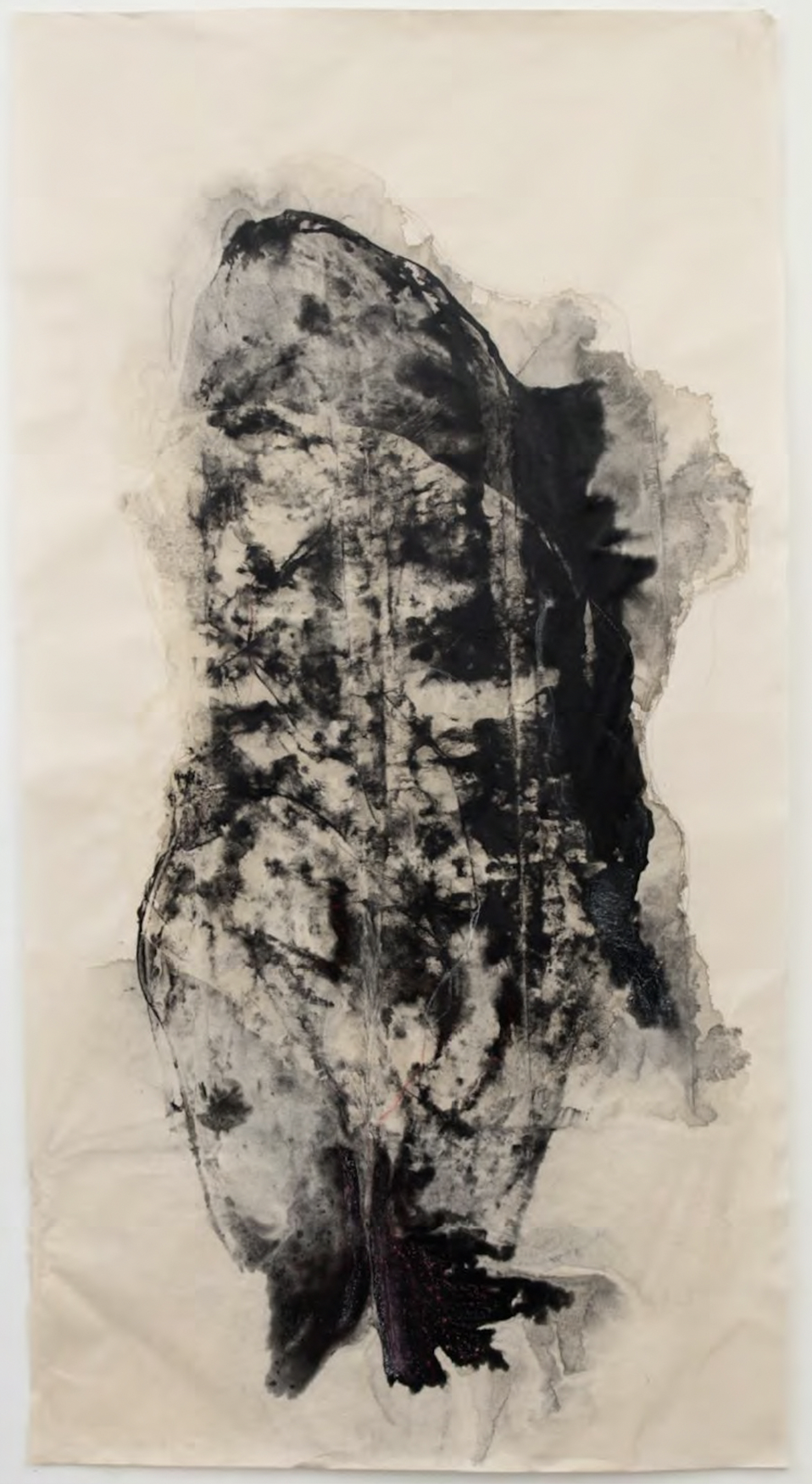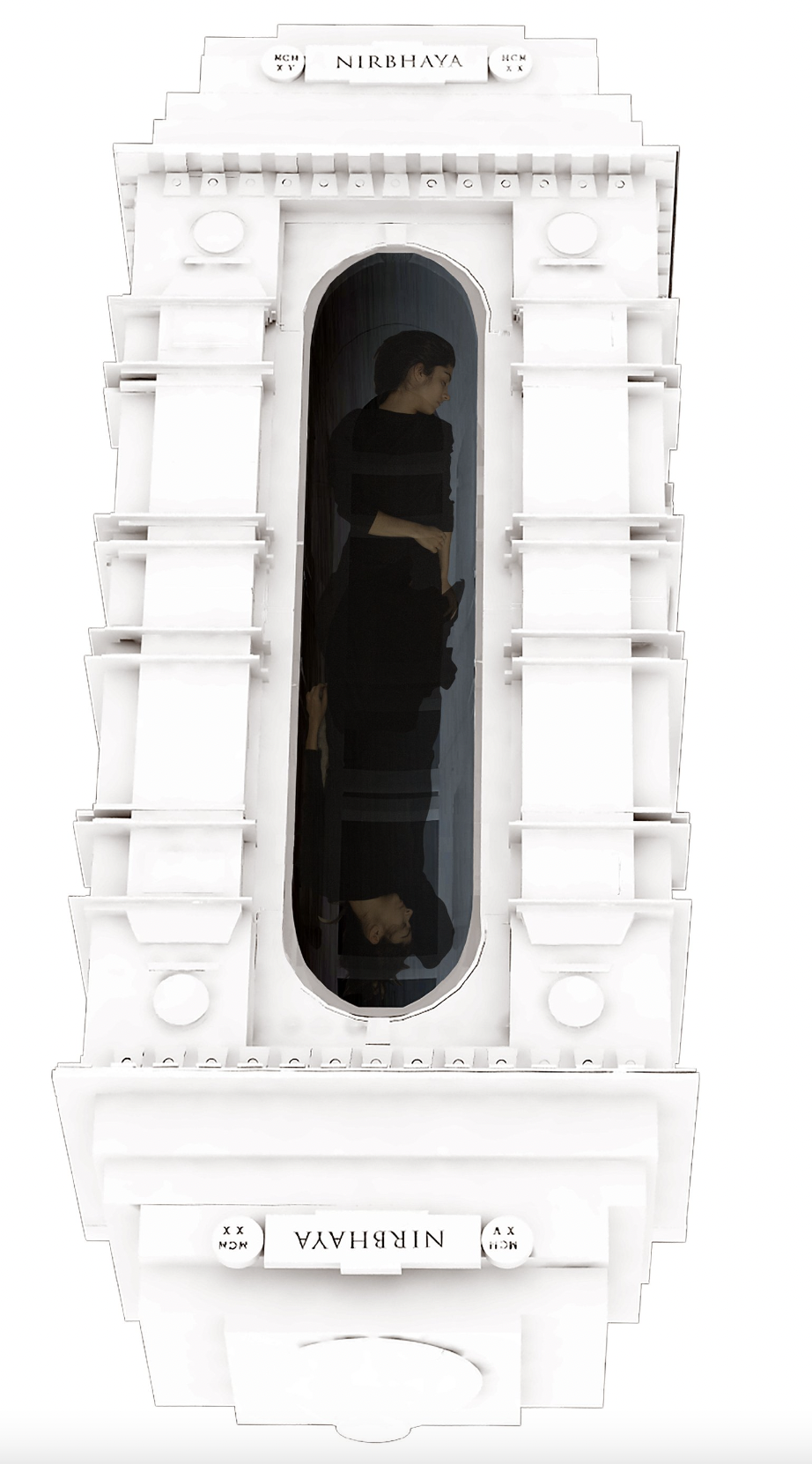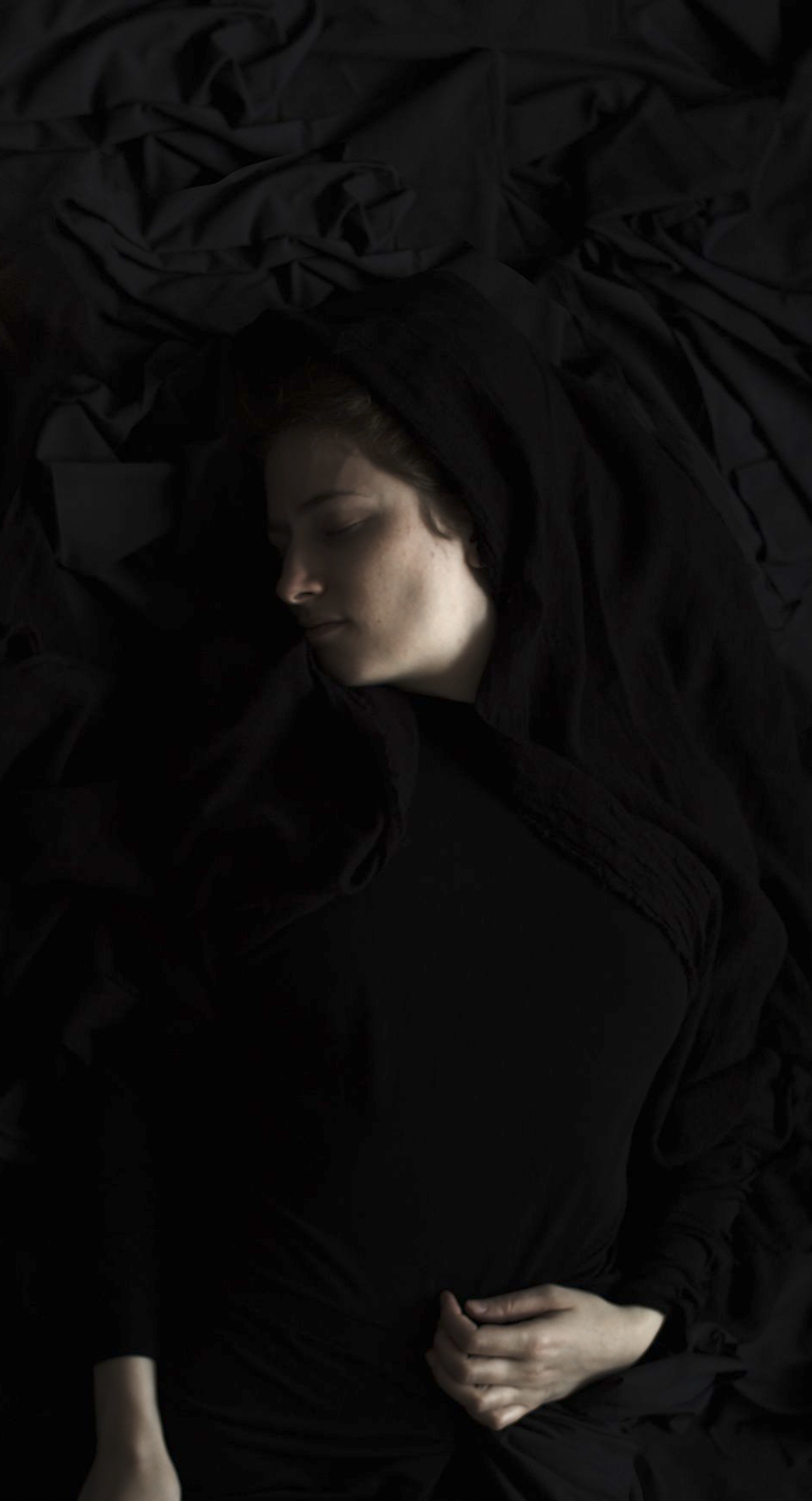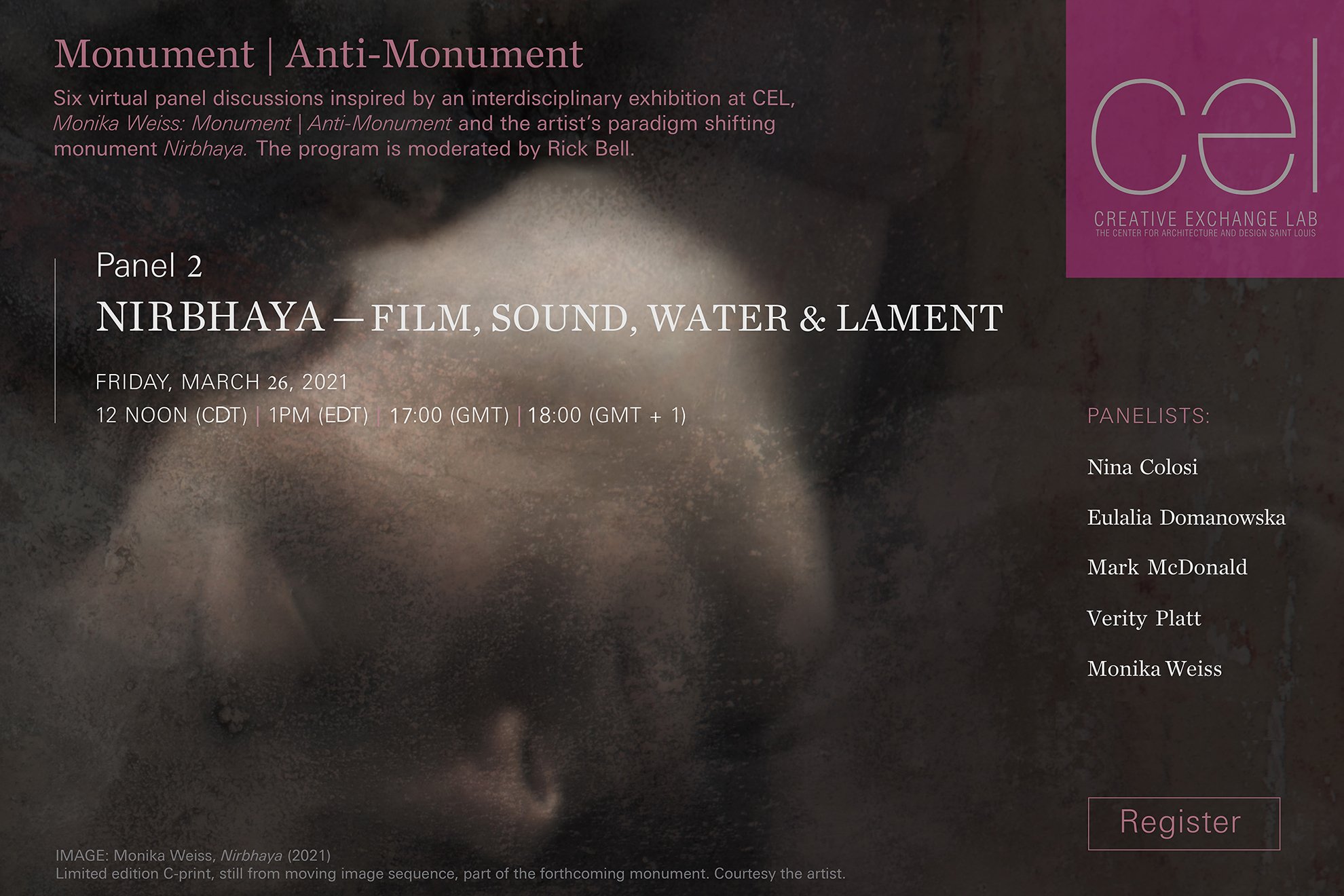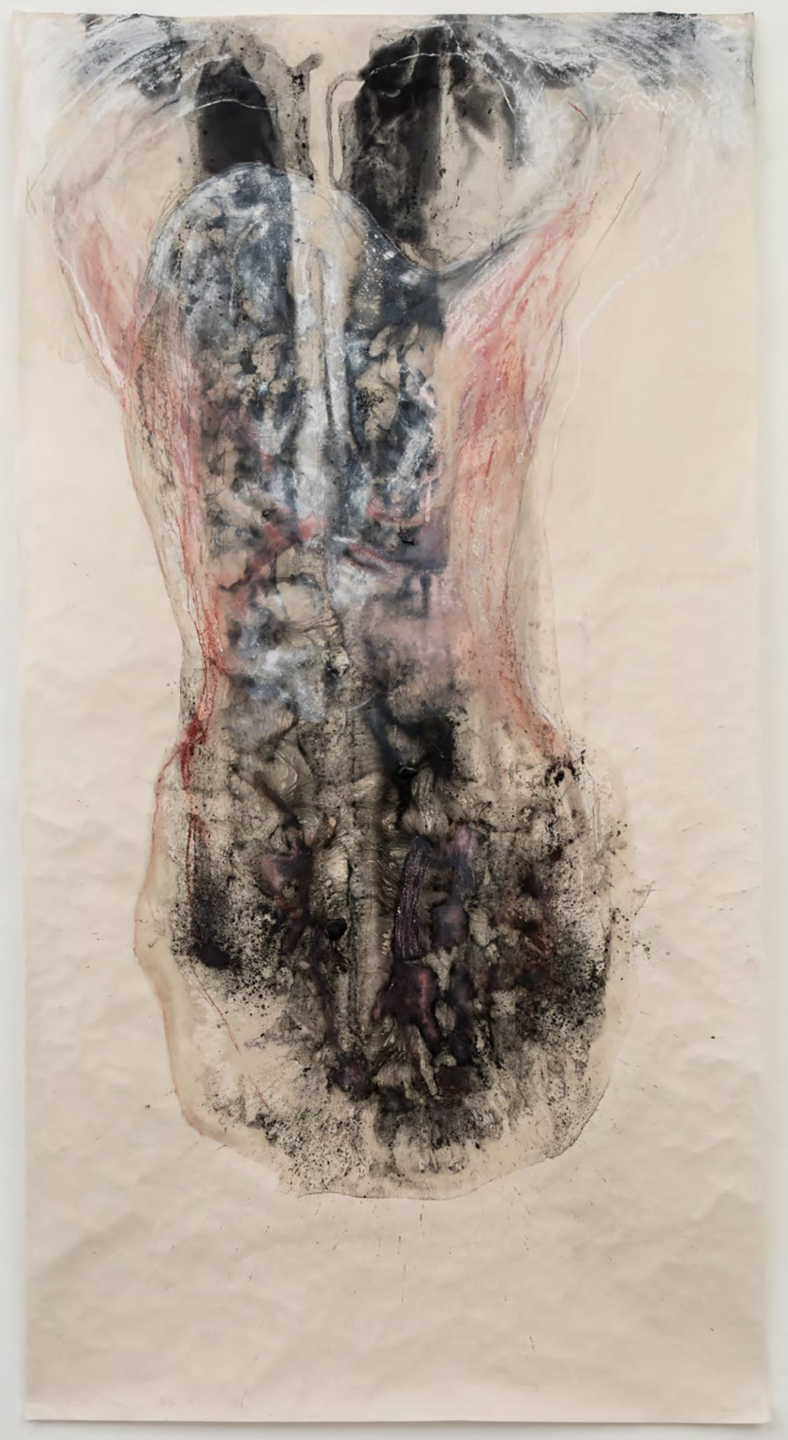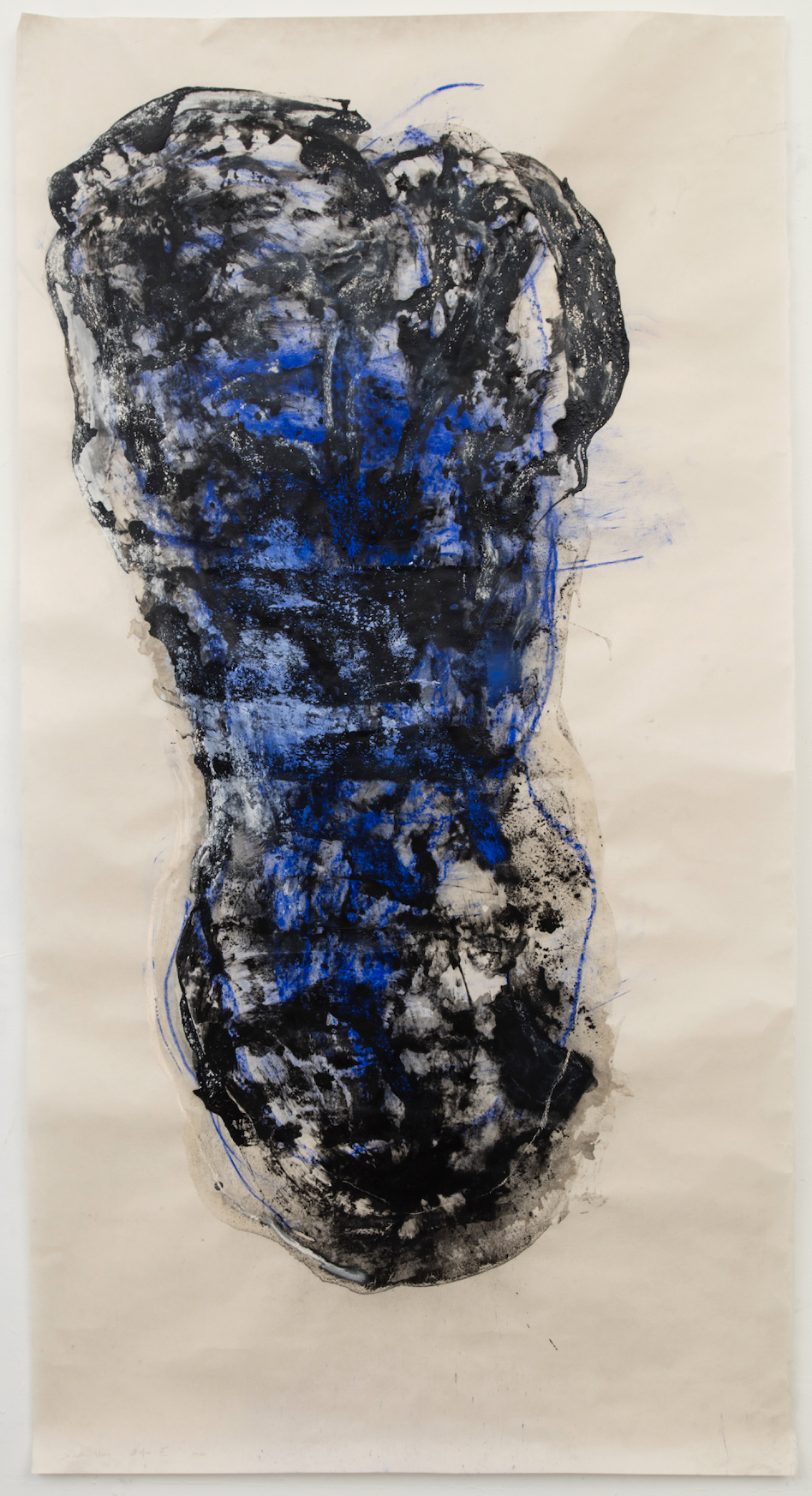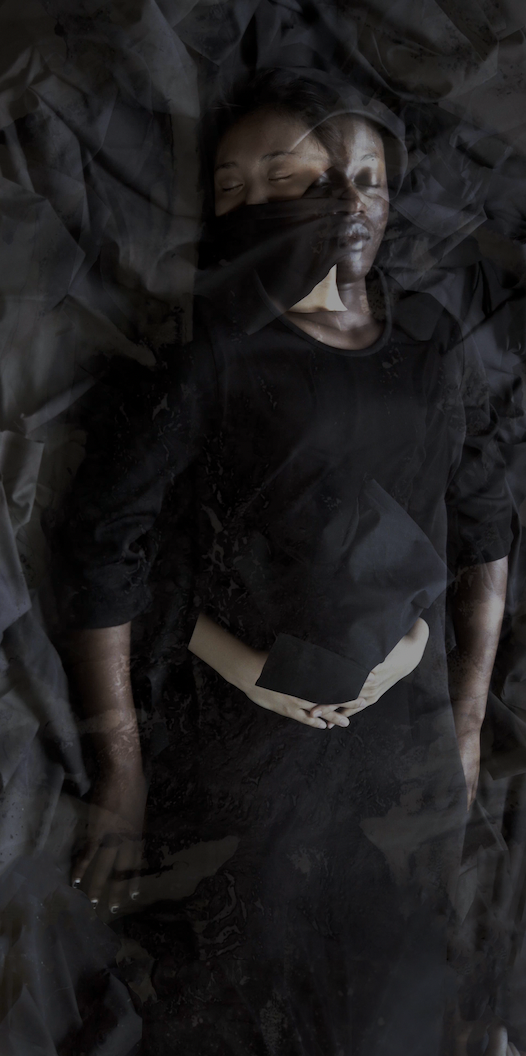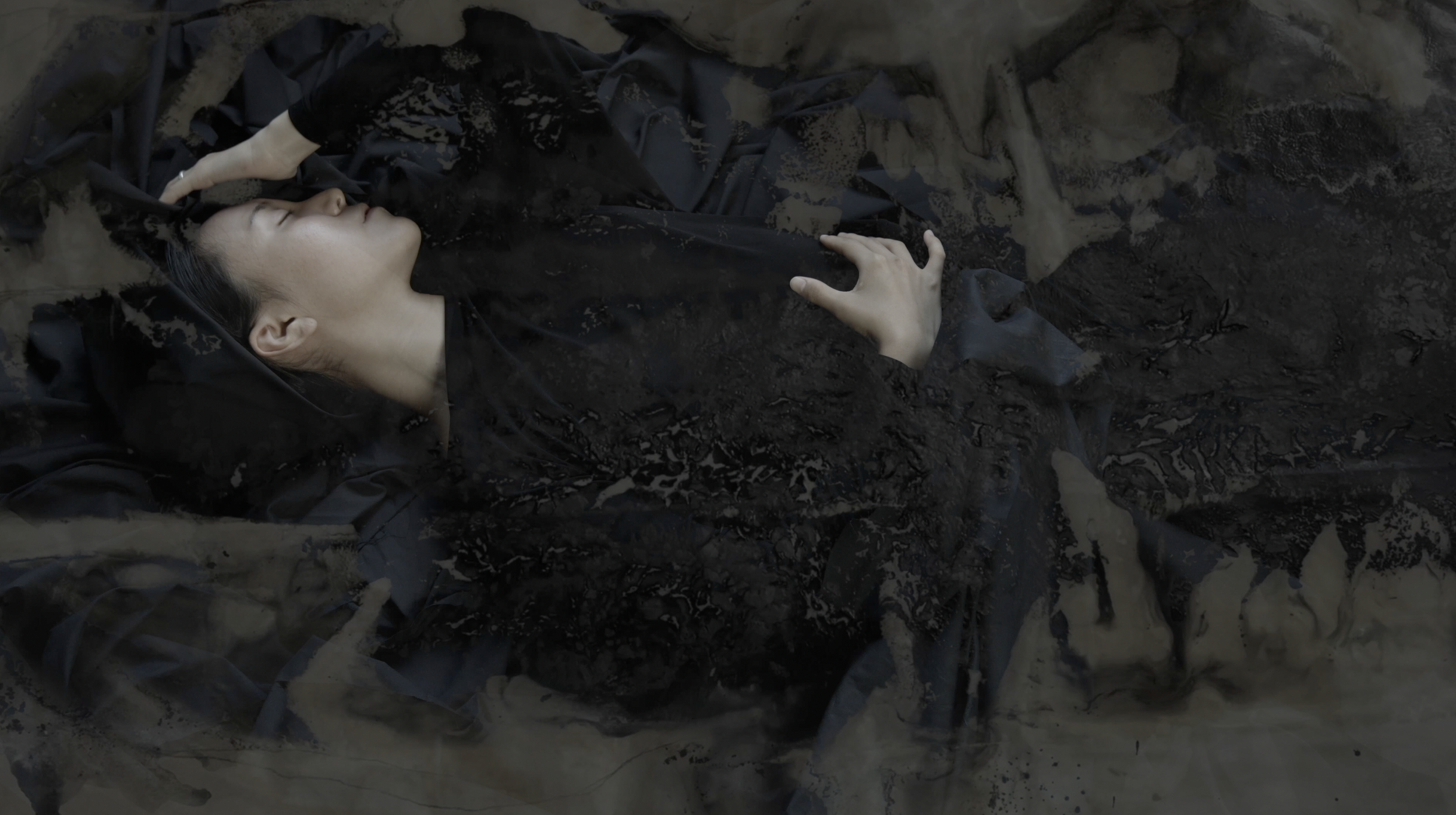Verity Platt
How a woman becomes a tree…
by Verity Platt
included in Panel 2: Nirbhaya - Film, Sound, Water and Lament, which took place on Friday, March 26, 2021, as part of the international symposium Monument|Anti-Monument organized by CEL Centre for Architecture + Design St Louis, moderated by Rick Bell and hosted by CEL’s director Jasmin Aber. Composed of 6 panels, the symposium was inspired by the work of Polish artist Monika Weiss and her forthcoming public project Nirbhaya. Panel 2 included Nina Colosi, Eulalia Domanowska, Mark McDonald, Verity Platt, and the artist.
Exploring Monika Weiss’ extraordinary Nirbhaya and Dafne projects in preparation for this panel sent me back to an essay by Jia Tolentino published in the New Yorker in November 2018. Written in the wake of the Brett Kavanaugh hearings, How a Woman becomes a Lake explored how the victimized are supposed to process trauma when sexual violence is ignored, legitimated, or even valorized by those in power. Looking to Ovid’s Metamorphoses for mythical exempla, Tolentino wrote that “I went back to Ovid because, in the wake of Kavanaugh’s confirmation, I kept thinking about Apollo and Daphne. I could feel a sadness hardening inside me – a shameful, increasing desire to stop running, to find some way to be impassive and serene.”
In Ovid’s account, the ‘heavy numbness’ (or torpor gravis) that overtakes Daphne’s limbs, the ‘sluggish roots’ (pigris radicibus) that replace her ‘quick feet’, and the submersion of her chest sub cortice - under a ‘carapace’, ‘husk’ or ‘rind’ of bark – all vividly convey a kind of retreat enforced by violence, a form of self- abnegation that can also be understood as resistance and refusal. In calling upon her father, the river-god Peneus, to help her, Daphne requests that he ‘change and destroy the [very] body that has given too much delight’, sacrificing her powers of motion and speech – in effect, her bodily agency – in order to maintain a minimal degree of autonomy.
Monika Weiss’s Dafne drawings capture this act of simultaneous resistance and self-abnegation with remarkable strength and economy. We see not a literal covering of bark but a kind of co-constitution of woman and tree, as torso becomes trunk. The structural components of spine, thorax, waist or shoulder solidify in some drawings into almost sculptural fragments (evoking, for me, the Belvedere Torso, thought by some to be a depiction of Philoctetes or Ajax, both mythical figures famous for their bodily pain or mental anguish). In others one has the sense of veining, of pulsating organs, of ramifying vascular systems as they shift themselves into a different kind of life-form. Body and tree provide metaphors for each other – trunk and limb, veins and crowns, ‘heartwood’. But this is not a ‘tree of life’, ‘knowledge’ or ‘enlightenment’, as we know from other cultural traditions. This is the tree as partial, fragmented thing – in which life appears numbed, submerged, protected, and virtually concealed.
I am teaching a course on classicism and contemporary art at Cornell this semester (Spring 2021). Discussing Monika Weiss’s Dafne series earlier this week, my student Cecilia observed that one of the most striking features of the drawings is their focus on the heavy materiality of trunk over crown, forgoing any gesture towards leaves. This omits the most visibly ‘living’ part of the tree, focusing our attention on the notion of retreat, on the ‘hardening’ or ‘numbing’ effects of trauma. But read alongside Ovid’s Daphne and its visual reception, this omission is also a powerful act of resistance. In Bernini’s compelling but disturbingly glamorizing rendition of the scene, it is the literal ramification of Daphne’s hands into leafy branches that draws the eye – a tour de force transformation of marble into organic, living substance. Yet this focus on branching, budding fingertips performs precisely the heroization of rape that Susan Brownmiller railed against in her pioneering study, Against Our Will, where she traced the myriad ways in which sexual violence has been mythologized, valorized, romanticized, and aestheticized in the western visual tradition.
In this strategic omission, Monika Weiss challenges and subverts the classical poetic tradition in a move that parallels her subversion of classical monumentality in the architectural structure of Nirbhaya, which literally ‘lays to rest’ the imperialist form of the triumphal arch, doubling its supine form to recast it as a sarcophagus, or tomb. Both strategies counter classical motifs that are specifically tied to conquest and oppression – whether the victory monument embodied by the arch, or, in Ovid’s case, the role of laurel in the iconography of the agôn.
One of the trickiest aspects of reading Ovid in the 21st century is that the sensitivity he demonstrates as himself an exile to asymmetries of power and the effects of violence (particularly the embodied effects of trauma) is combined with a patent delight in their sensationalism and generative power. Amongst the many rape scenes that imbue the Metamorphoses, Apollo’s attempted assault of Daphne stands as the first, and is programmatic in the sense that Daphne, as laurel, becomes Apollo’s tree – a symbol of poetry aligned with the concept of victory. Apollo claims ‘Since you cannot be my wife, you will at least be my tree. There will always be you on my hair, you on my lyres, you, laurel, on my quivers. You will be present for the Latin leaders, when the joyful cry proclaims the Triumph.’ Laurel will also stand ‘at Augustus’ porch’, symbol of the emperor’s triumphant self-presentation as an Apollonian deity, a master of political and creative order.
In being forced into this role as a material symbol of Apollo’s victory, Daphne foreshadows the Naiad Syrinx, whose own assault by the god Pan quickly follows. Transformed into reeds that sigh in the winds, Syrinx is then appropriated by her aggressor as a musical instrument: ‘This conversation with you [Pan claims] will remain with me”. Poetry and music, then, are intimately associated with – even dependent upon – acts of sexual aggression. Daphne and Syrinx are both cases of failed rape, but as plants, their transformed bodies are effectively subject to continuous victimization in the service of masochistic acts of male creativity. Most disturbingly, the Daphne episode ends with the claim that ‘the laurel assented with her just-made branches, and seemed to nod her top like a head’. Ovid’s use of visa est (‘seemed’) here focalizes the scene through Apollo, who all too readily interprets her gesture as one of consent, though leaves its real meaning open to the reader.
In Kiki Smith’s version of Daphne, the female body’s subjection to repeated trauma through the plucking of branches is figured in a particularly violent way (and offers us a more explicit take on Bernini). Monika Weiss gives us something very different. Dafne and Nirbhaya explicitly forgo the re-presentation of violence in their move to a more recuperative model of what she calls ‘un-forgetting’ – one that makes possible an aesthetics of care. Although Daphne-as-tree figures a form of retreat and resistance, it also gestures to a different way of being-in-the-world. As the eco-philosopher Emanuele Coccia writes, plants may “affect a sovereign indifference toward the human world, the culture of civilizations, the succession of domains and ages”, but “they are far from being shut in on themselves: no other being adheres to the world that surrounds it more than plants do … They participate in the world in the totality of everything they meet.” At the same time, plants are “domestic titans that do not need violence to found new worlds”.
The ‘violence that founds new worlds’ is explicitly reconfigured in Nirbhaya’s casting of New Delhi’s India Gate as a sarcophagus. A thrusting monument to colonial subjects who died defending Britain’s imperial interests [1] becomes instead a counter-monument to victims of violence that, in its horizontal form, functions as a protective enclosure, and site of transformation. As a classical art historian, I find it fascinating that new media, in the form of Nirbhaya’s moving image, perform something that ancient sculptors could only have dreamed of, for the frontal faces of Roman sarcophagi, in particular, were often treated as a form of screen for the projection of mythologized encounters with the dead. At the same time, the introduction of water into the structure’s ‘void’ echoes the ancient sarcophagus’ function as a container, often figured as a lenos, or ‘wine vat’, with all its connotations of metamorphosis and transubstantiation. For Ovid, too, water is repeatedly a site of transformation – one of both danger and salvation.
As in the Metamorphoses, so on sarcophagi, myth provides a space of ambivalence and indeterminacy for the exploration of desire, violence, grief, and remembrance. It is here that ancient sculptors explore the potential of horizontal forms, drawing repeated analogies between the bodies of the wounded, sleeping, or dead with the body of the deceased within. Here, too, we find explicit analogies between death and sexual violence. In depictions of Pluto and Proserpina, the abduction and loss of virginity are figured as a a symbolic equivalent to death; in more gentle, but insidious, depictions of Ariadne, her sleeping form leaves her open to the predations of the god Dionysus in what is cast as both rape and apotheosis – a form of symbolic death that also confirms immortality, just as Jyoti Singh was transformed, in death, into Nirbhaya, ‘Fearless One’.
As sites of ritual mourning, Roman sarcophagi figured death as sexual violence within the context of a patriarchal culture that both fetishized male power and was deeply preoccupied by questions of honor, agency, victimization, and fear. A culture in which symbols of poetic creativity were aetiologically tied to rape was also one that could open up recuperative models of metamorphosis that offer surprisingly therapeutic ways of figuring and processing trauma. Monika Weiss’s work is, in this sense, a brilliant example of how contemporary artists can simultaneously evoke and challenge the fraught legacy of antiquity: she teases apart its ambivalences, reconfiguring the visual language of power that antiquity has bequeathed us in order to help us ‘un-forget’ anew.
Verity Platt, Itaka, 2021
Notes:
[1] First World War and Third Anglo-Afghan War (1919)
Verity Platt
Verity Platt is a professor of History of Art and Classics at Cornell University. She is the author of Facing the Gods: Epiphany and Representation in Graeco-Roman Art, Literature and Religion (2011) and has edited volumes on The Frame in Classical Art: A Cultural History (2017) and the Embodied Object in Classical Antiquity (2018). In her work as a writer, editor (of Classical Receptions Journal), and teacher, she explores the many ways in which the tropes of classical monumentality continue to be appropriated, reworked, challenged, and subverted in the 21st Century. She received her DPhil in Classics from Oxford University.
